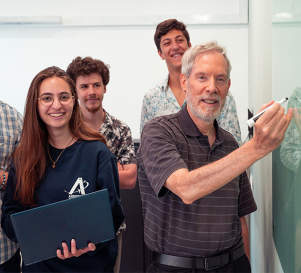Hydrogen Generation from Aluminum – Water Reaction Using Powder & Tablets with Different Additives
| Hydrogen is one of the most environmentally friendly alternative fuels, releasing only water or water vapor upon oxidation and offering high energy density. However, storage and transport challenges limit its widespread use. A promising solution is on-demand hydrogen generation via the reaction between aluminum and water: Al+3H_2 O→Al(OH)_3+3/2 H_2 This reaction is hindered under normal conditions due to a passivating oxide layer on aluminum. In previous research, a patented thermal-chemical method from the Fine Rocket Propulsion Center consisting of depositing 2.5% LiH on the aluminum surfaces, was used to activate the aluminum and overcome the oxide barrier. The objective of this study was to see the role of LiH and other less expensive and readily available catalyzing additives (e.g., Ca(OH)2 and NaOH) in the reaction by mixing with the aluminum particles without the activation by deposition process. The significance of pH and molar concentration in facilitating the aluminum-water reaction was investigated. A parametric study varying the reaction temperature and water-to-aluminum ratio was conducted for the different catalyzing ingredients. Through these experiments, we sought identifying the optimal conditions for maximizing hydrogen yield and improving reaction efficiency. In addition, the use of tablets of the same compositions was studied for better feeding control. We believe that the small amount of the catalyst reacts with the oxide layer, which then exposes the aluminum to react with water enabling efficiencies close to 100% at appropriate conditions. Elinor Kostjukovsky is in Silon program, an accelerated academic-military program in which we complete both our bachelor’s and master’s degrees within five years before entering military service. She completed her bachelor’s degree with honors in October 2024 in aerospace engineering and currently pursuing my master’s degree under the supervision of Professor Alon Gany. |










